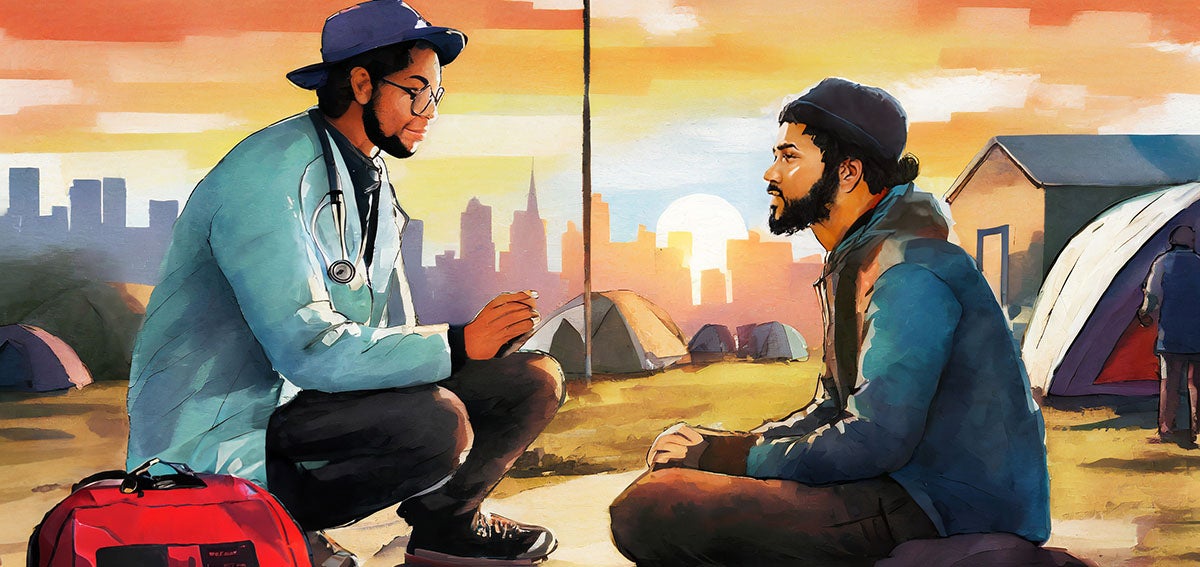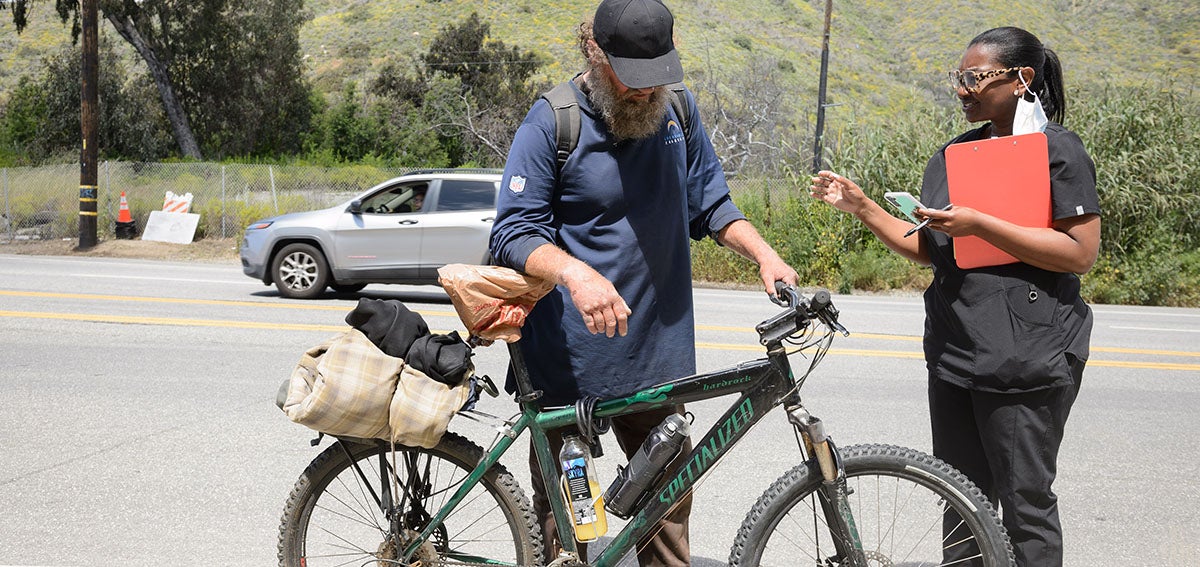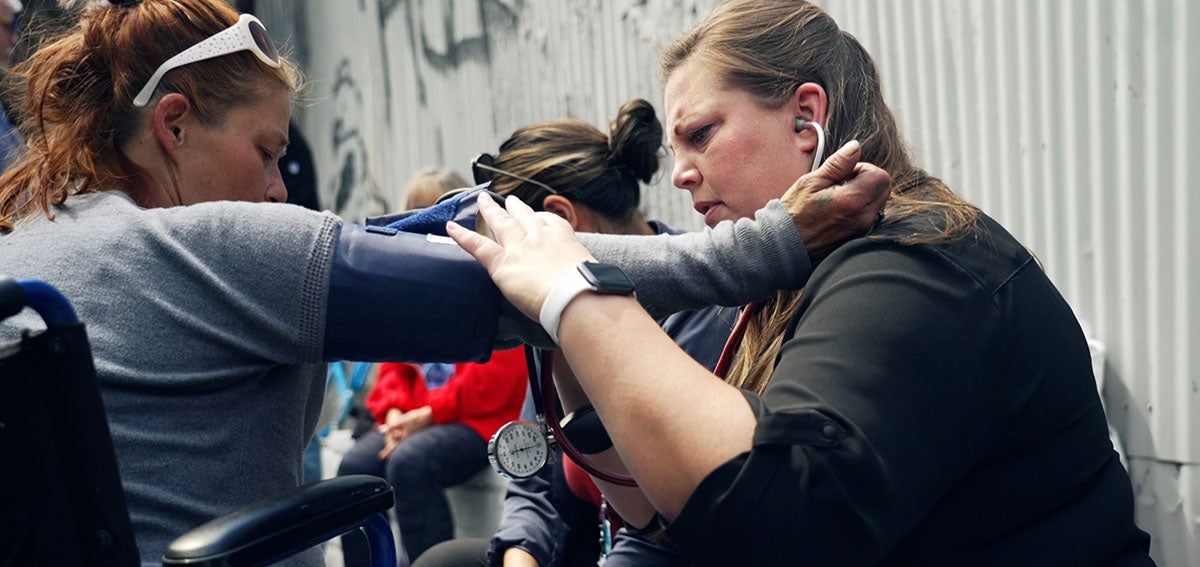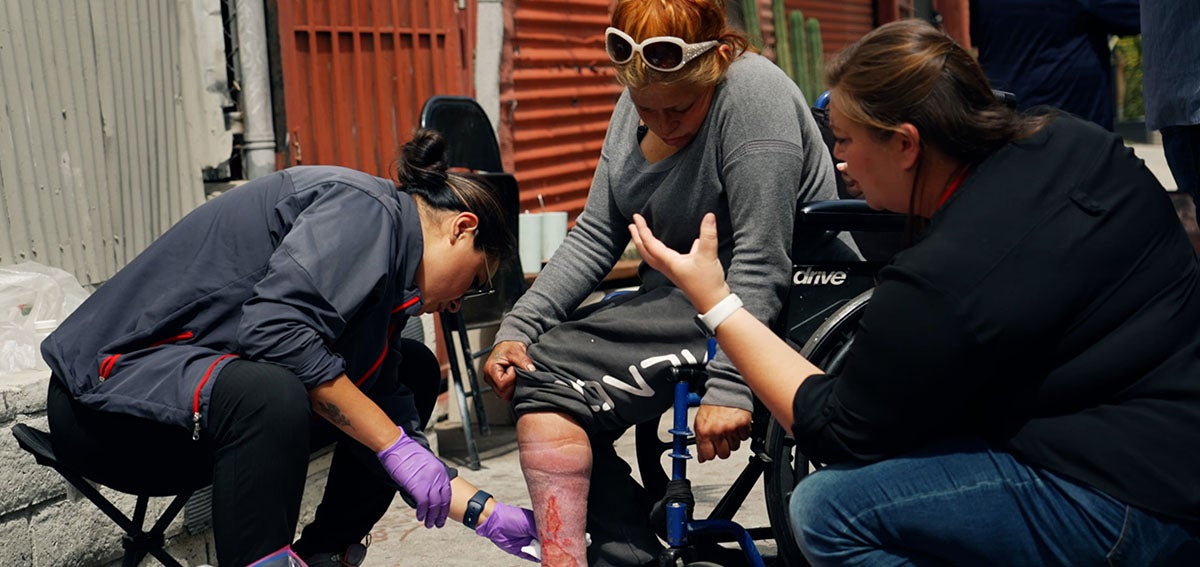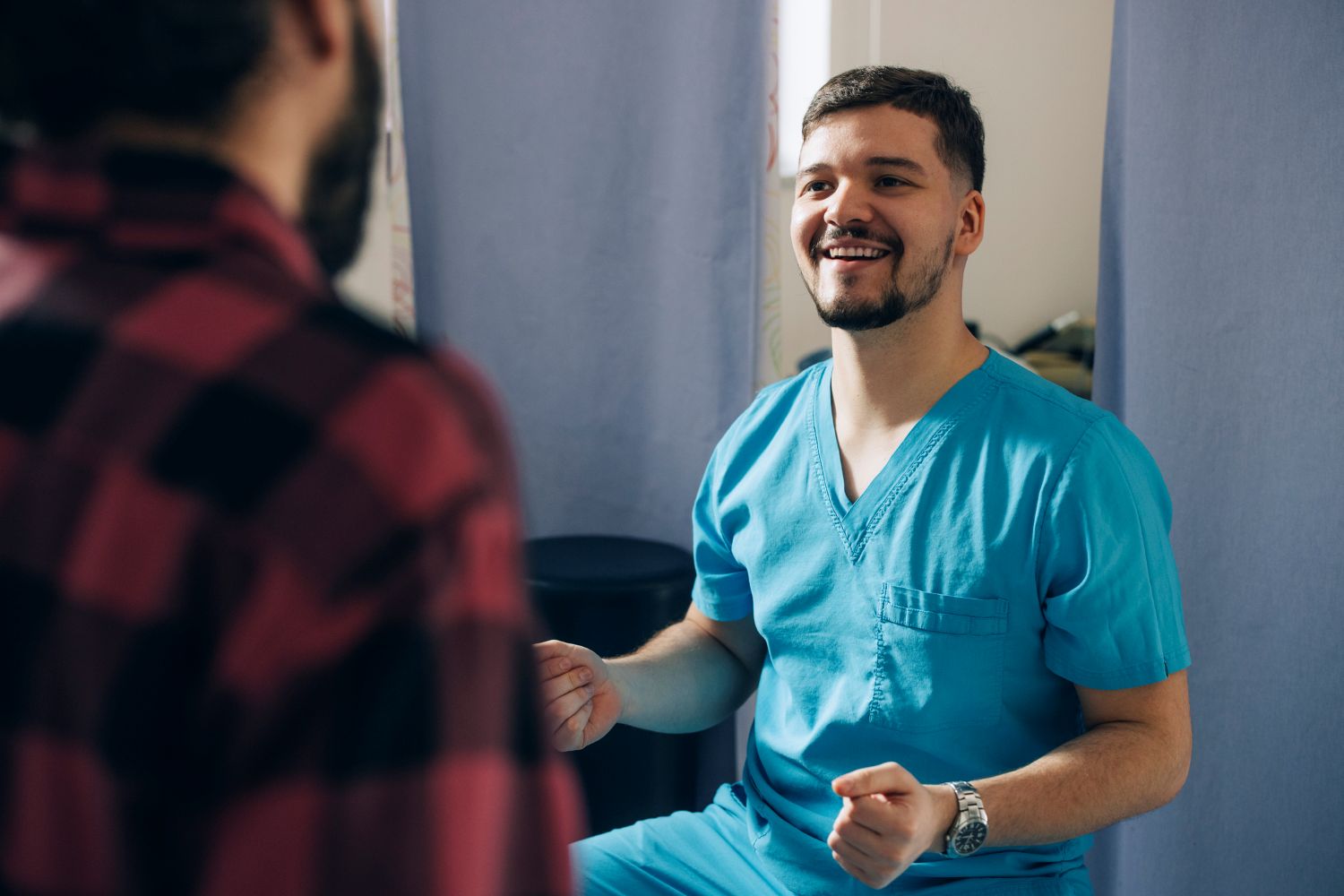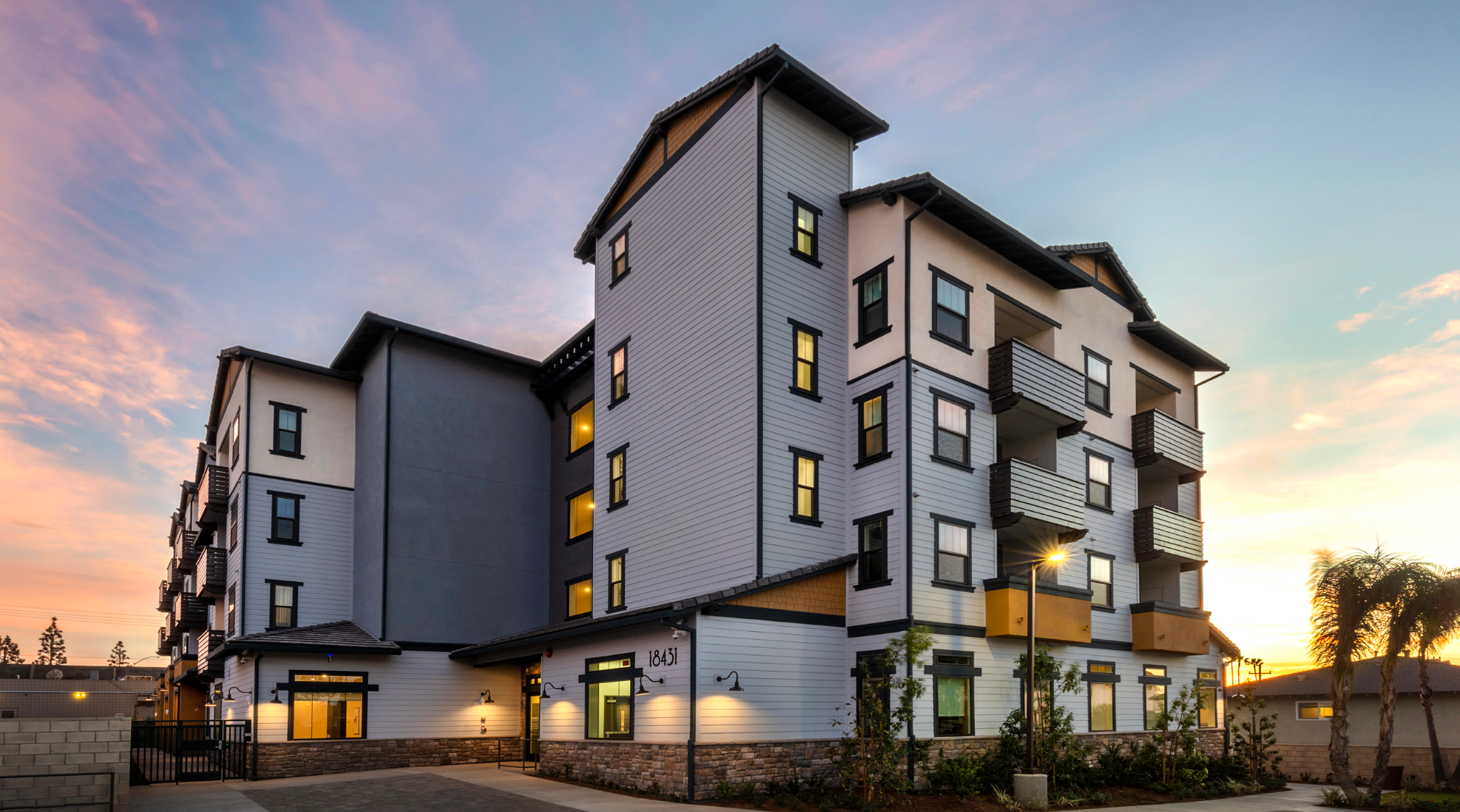People in California experiencing unsheltered homelessness face barriers accessing health care in traditional settings. They may not have transportation to primary care, preventive care, and nonurgent care facilities, or to pharmacies and specialists.
Street Medicine in California
- Street medicine is an important access point for people of color, with 25% of street medicine patients identifying as Black and 23% identifying as Latino/x.
- The majority of street medicine programs provide primary care services. More than two-thirds diagnose and treat mental health conditions and substance use disorders, with 60% providing medication-assisted therapy.
- Nearly all street medicine patients are insured, with at least 57% having Medicaid and 14% having Medicaid and Medicare.
Source: University of Southern California Keck School of Medicine, 2022.
Effective, responsive street medicine programs can play a role in addressing this challenge by bringing health care to where people are. Health care programs in these settings might include walking teams of providers, medical vans, and outdoor clinics.
Explore the resources below to understand existing street medicine models in California and the role you can play.

